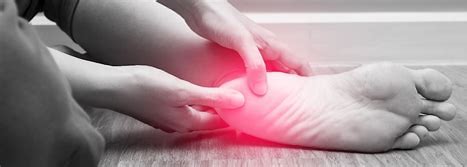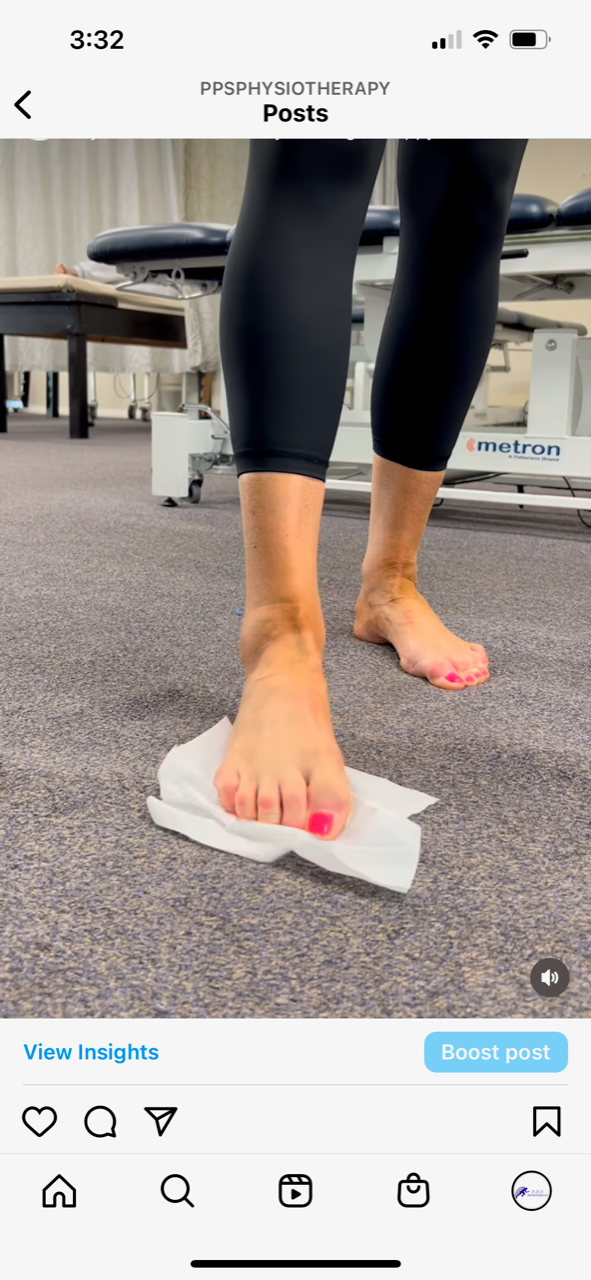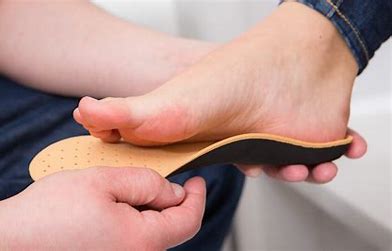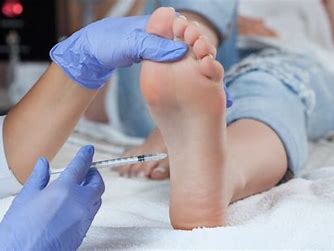Our feet are essential to our overall body function, yet for all the work they do they’re quite neglected. Unless you’re bedridden you are always putting load and pressure through your feet in some way, shape or form almost constantly throughout the day. And if those feet keep working overtime without any care, love and affection then they’re going to let you know. Usually, it’s in the form of plantar heel pain (more commonly known as plantar fasciitis).
What is plantar heel pain?
Essentially, it describes pain that you get on the underside surface of your foot where the plantar fascia attaches into the heel. But let’s dig a little deeper into what the plantar fascia is, what its function is and why you might irritate it.
The plantar fascia is a broad piece of connective tissue which begins at the heel before fanning out to attach to each toe. It’s made up of three distinct components: the medial arch, lateral arch and central component (aponeurosis). Most people experience pain either in the medial arch or central aponeurosis. The plantar fascia and aponeurosis have a few roles to play in the body which include:
– Protection of deeper structures in the foot e.g. nerves and blood vessels (the feet and hands are the most densely innervated parts of the body and so need a massive security detail)
– Maintain the arches of the foot
– Attachment point for foot muscles
– Limit excessive dorsiflexion
– Distribution of load across the foot

So turns out the foot’s kind of important. And it’s more important than we realise because the foot also affects the biomechanics of the rest of our leg too. So if our feet aren’t working optimally, we can end up paying the price at our ankles, knees and hips. How does your foot end up overloaded? The simple answer is excessive strain/load through the foot. This makes sense considering the aponeurosis is like a tendon for flat muscles. So even though fasciitis implies inflammation, it tends to behave more like a degenerative tendinopathy.
What causes excessive strain through the foot?
Excessive strain can be caused by a sharp increase in load/volume, abnormal foot mechanics, repetitive high impact activity (e.g. running), prolonged standing on hard surfaces, a tight calf, anatomy, etc. All of these factors can lead to an eventual breakdown of the plantar fascia, which then leads to localised pain underneath the foot. The most common pattern of symptoms is pain first thing in the morning, which then gradually eases throughout the day before getting sore again in the afternoon/evening. In athletic populations, early stage issues present the same before progressing to soreness pre and post activity, and finally towards excessive soreness which limits activity.

How do we treat plantar fasciitis?
It really depends on what is causing the issue! Most plantar fascia issues resolve after approximately 10 months with conservative management. They’re treated with a combination of activity modification in some way, home exercises, orthotics if you have abnormal foot mechanics and if all that fails you, injections. If you click on the link below to visit our Instagram page, there are a selection of intrinsic foot muscle strengthening exercises that we love! Having stronger foot intrinsics can help to prevent the onset of plantar fasciitis.
https://www.instagram.com/reel/CmLQoADJK8X/?utm_source=ig_web_copy_link

Due to plantar heel pain being caused most commonly by excessive strain, reducing activity levels in the short term prevents the plantar fascia from continuously being overloaded, and gives it a chance to rest and heal. Rest here is relative, and does not require complete cessation of activity, moderation is usually the better bet. Once the pain has settled a little bit, then you can begin some progressive strengthening for the muscles of the foot and ankle to support the plantar fascia, and prevent it from being continually overloaded in daily activities.
If there’s also excessive strain related to foot mechanics these can be corrected via orthotics. People who have flat feet can be predisposed to plantar fasciitis, as a collapsed medial arch limits effective load distribution and can subsequently increase the amount of pressure placed on the plantar fascia. An orthotic can assist with lifting the medial plantar arch, distributing pressure more effectively and subsequently supporting the plantar fascia. Orthotics can also be used in people who may not necessarily have a flat foot, but have an over-pronating walking pattern where the foot rolls inwards excessively mainly due to some kind of muscular imbalance in the ankle or foot. Orthotics can also be used to temporarily support the arch and provide relief whilst the appropriate muscles are being strengthened up.

If these don’t work, then you can move to other modalities such as cortisone injections, PRP (Platelet Rich Plasma), or even extracorporeal shockwave therapy (ESWT). Cortisone is a powerful anti-inflammatory which can be used to settle down any acute inflammation and relieve pain. PRP involves taking your own blood, separating the platelets out and reinjecting it into the injured site to promote tissue healing. PRP does not carry the same risks of tendon breakdown as cortisone, however its effectiveness in treating plantar fasciitis is yet to be completely determined. ESWT involves high energy shockwave impulses to stimulate healing but this has also shown inconsistent results.

Regardless, the vast majority of cases (over 90%) resolve within 10 months with conservative management, surgery is extremely rare. Most people get quite significant relief in less time than that with a combination of supportive footwear/orthotics, strengthening exercises and activity moderation. If you have unhappy feet, get in touch with us on 9672 6752 (Kellyville) or 9871 2022 (Carlingford) and one of our friendly staff will be able to arrange an appointment with you.
Vinay Karamil – Physiotherapist
